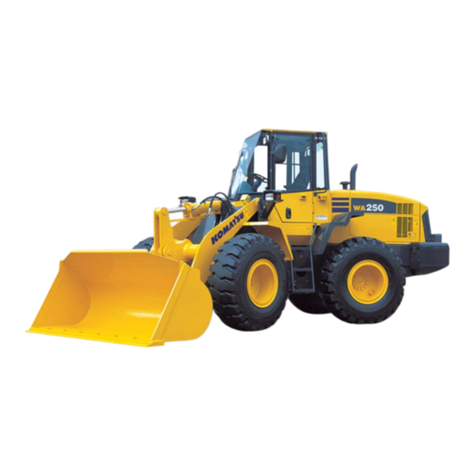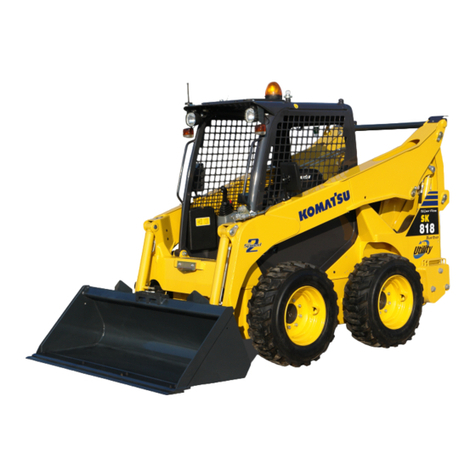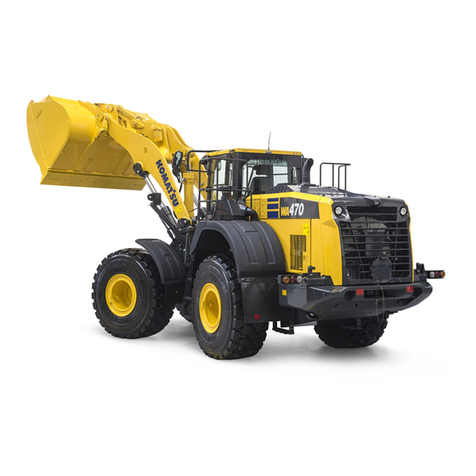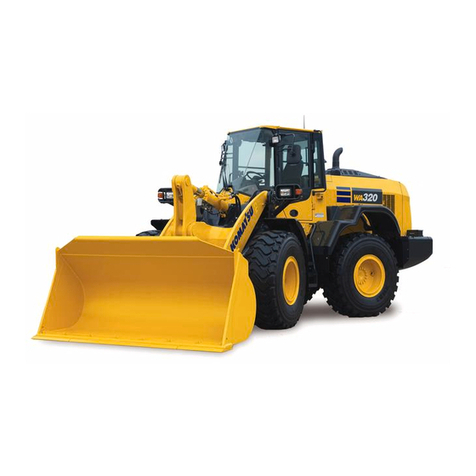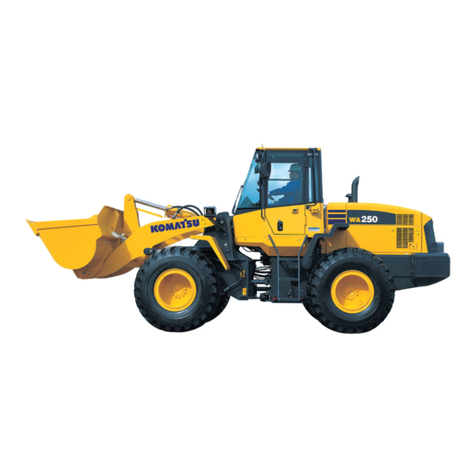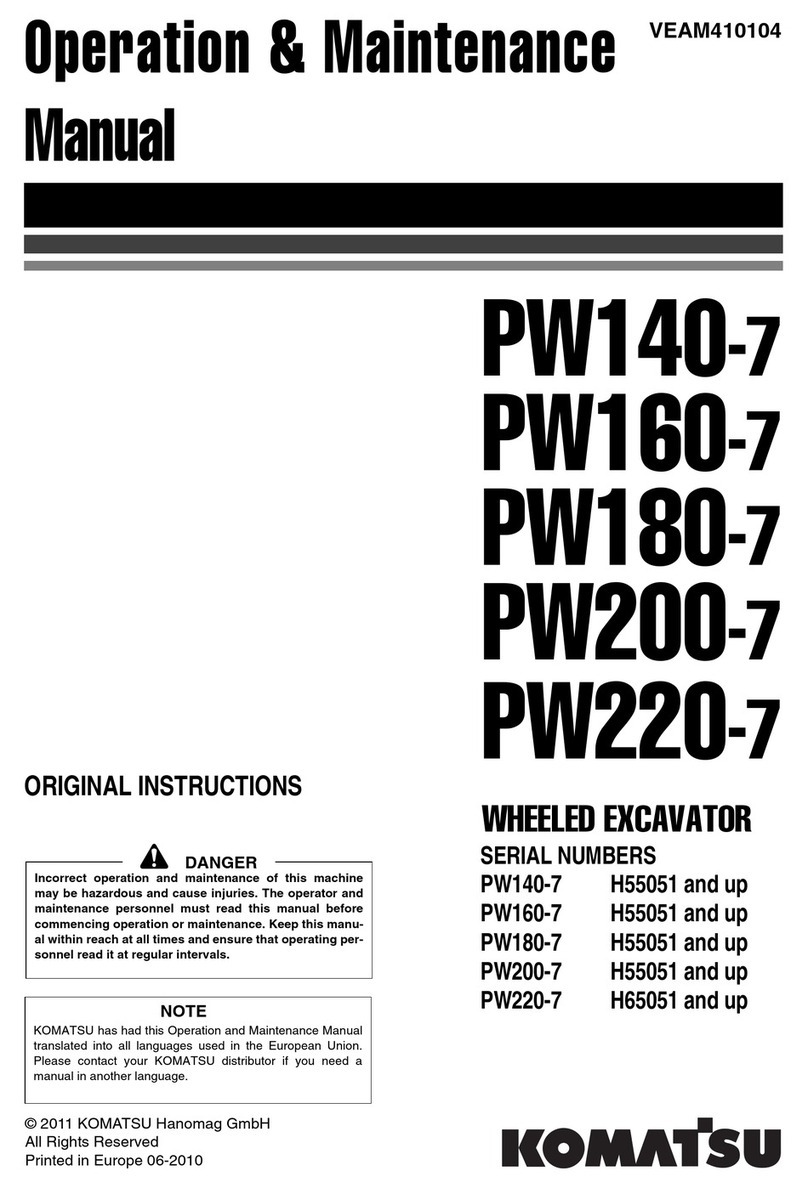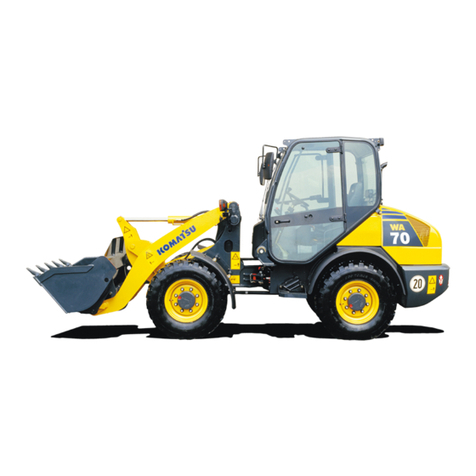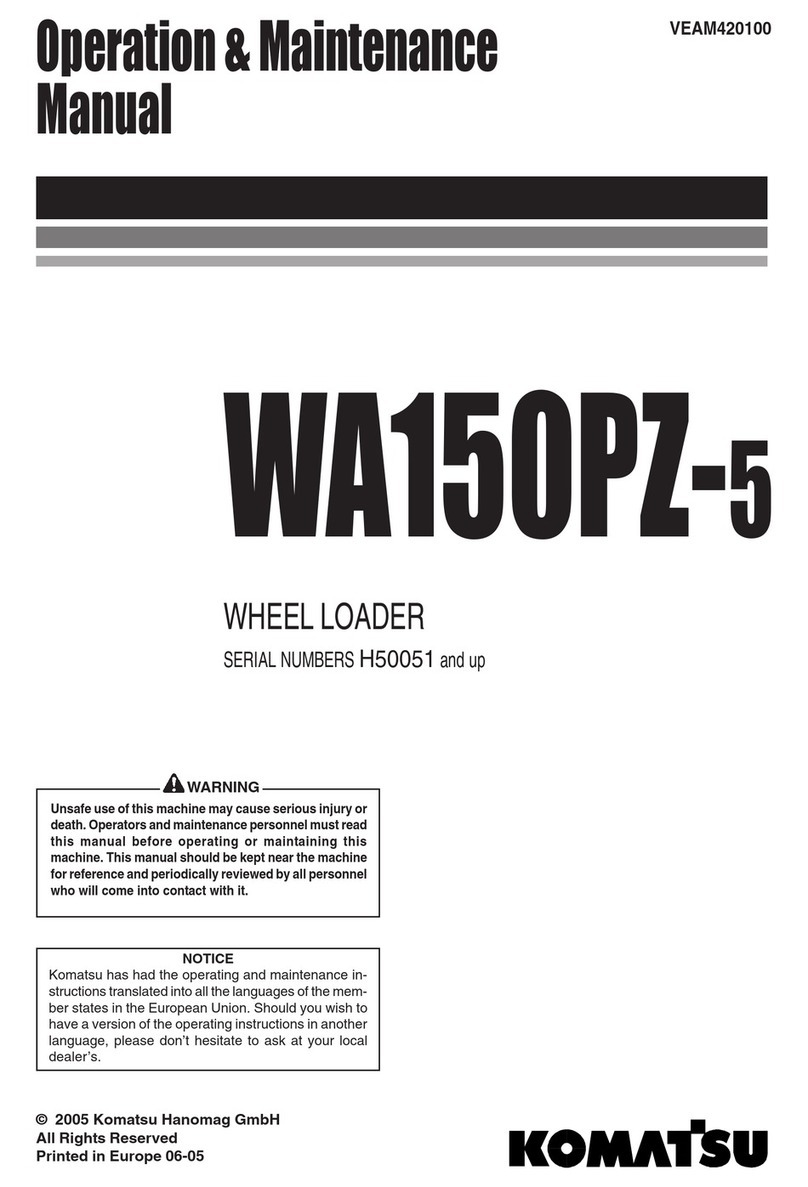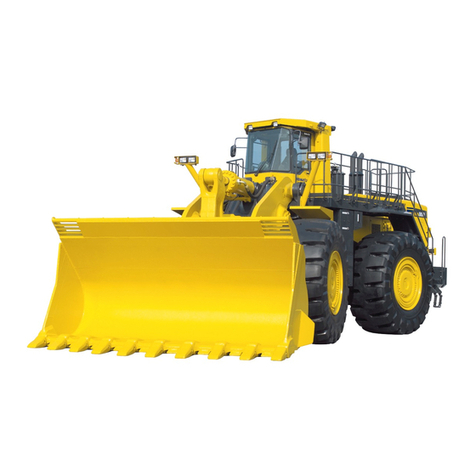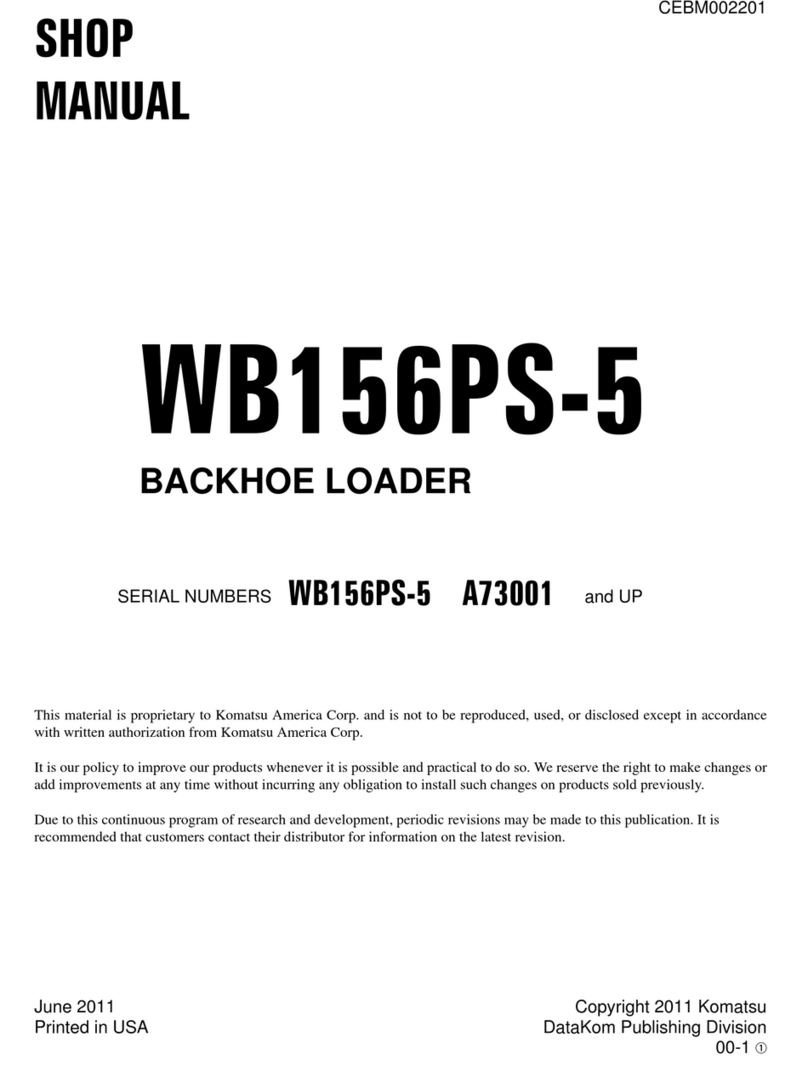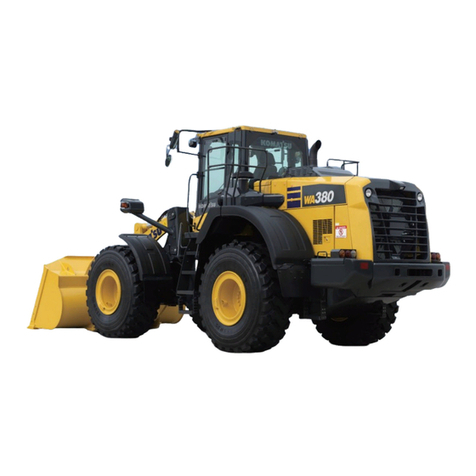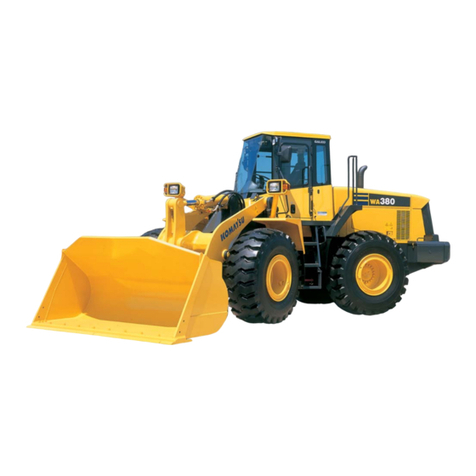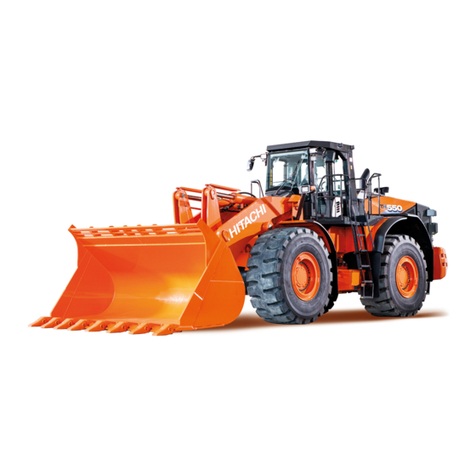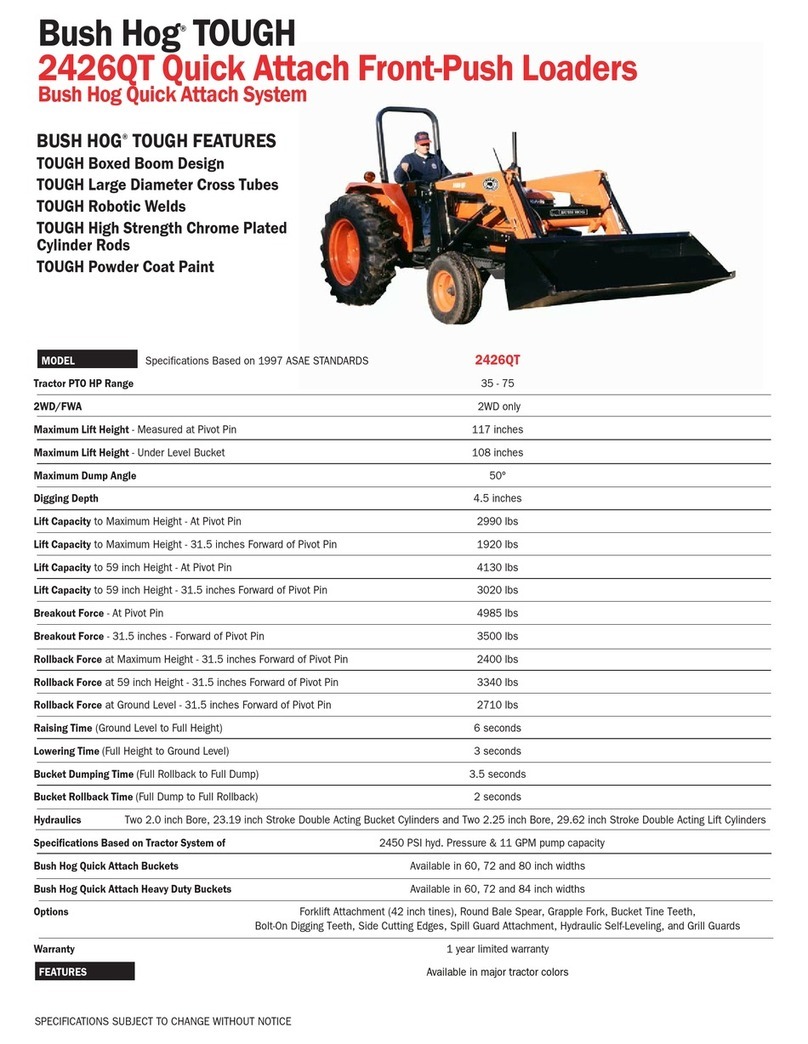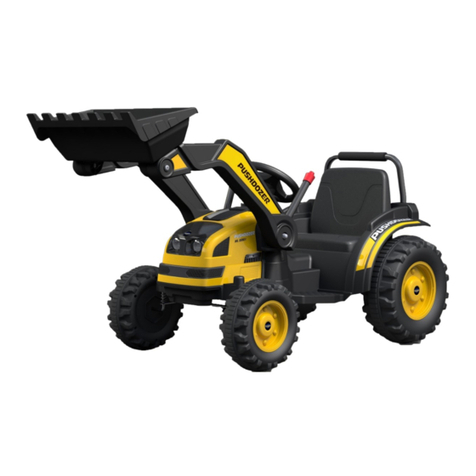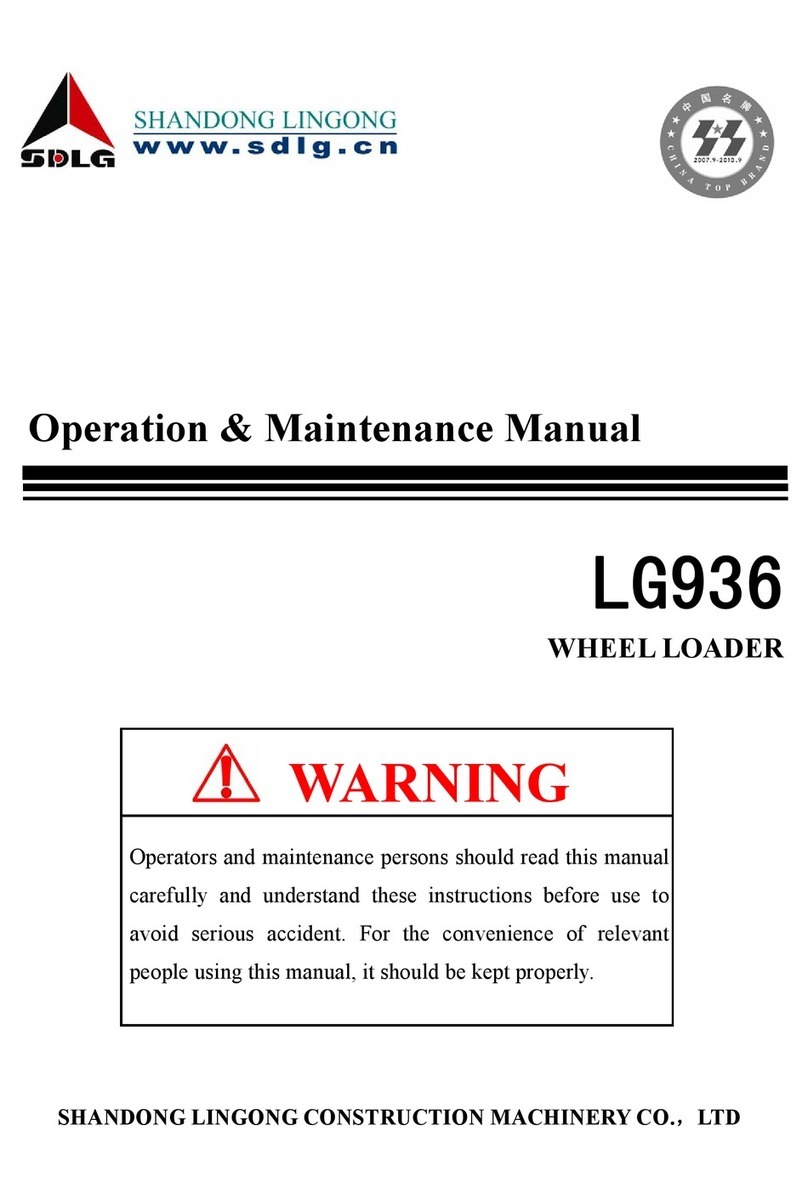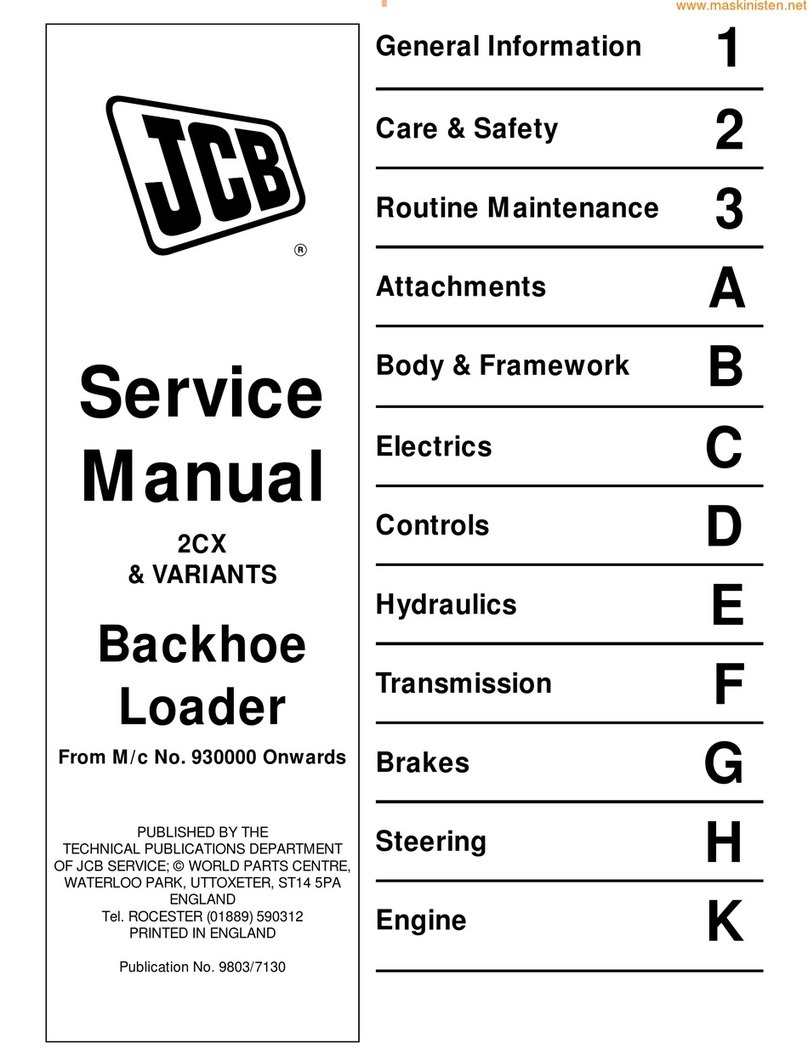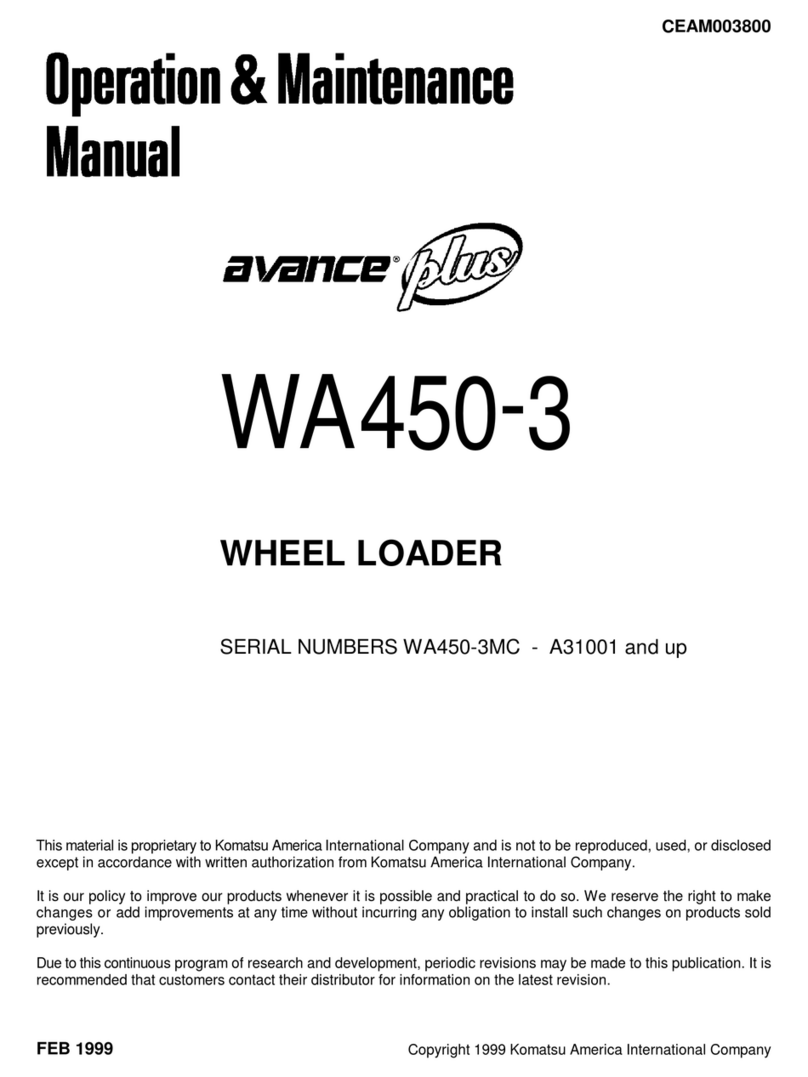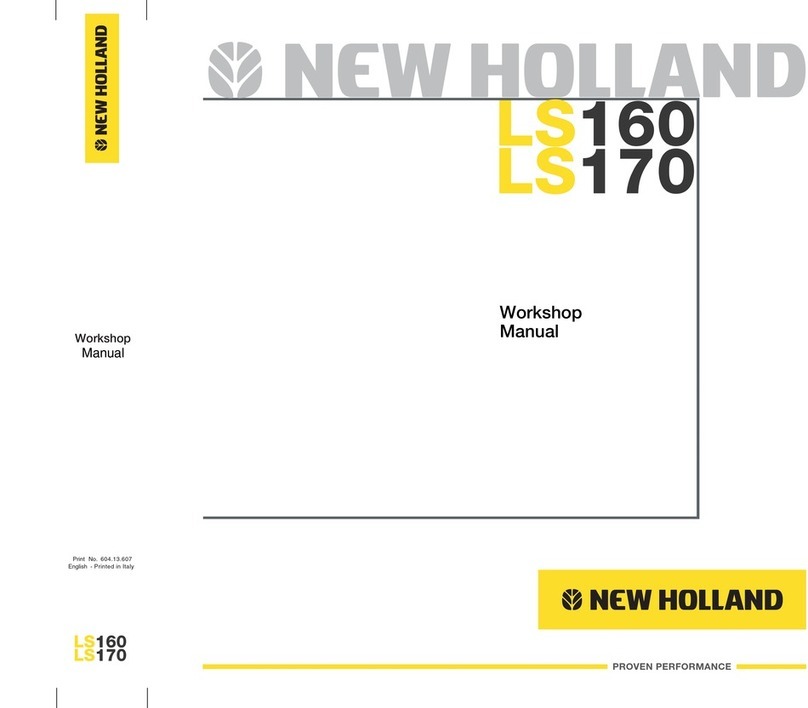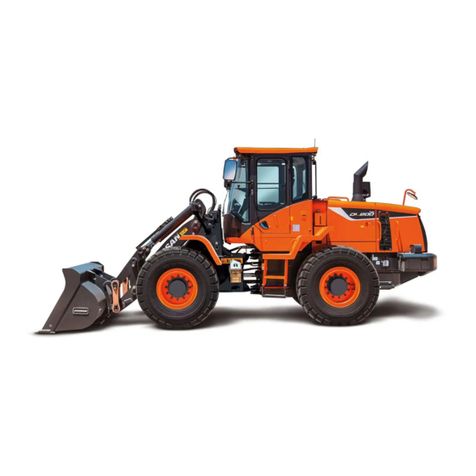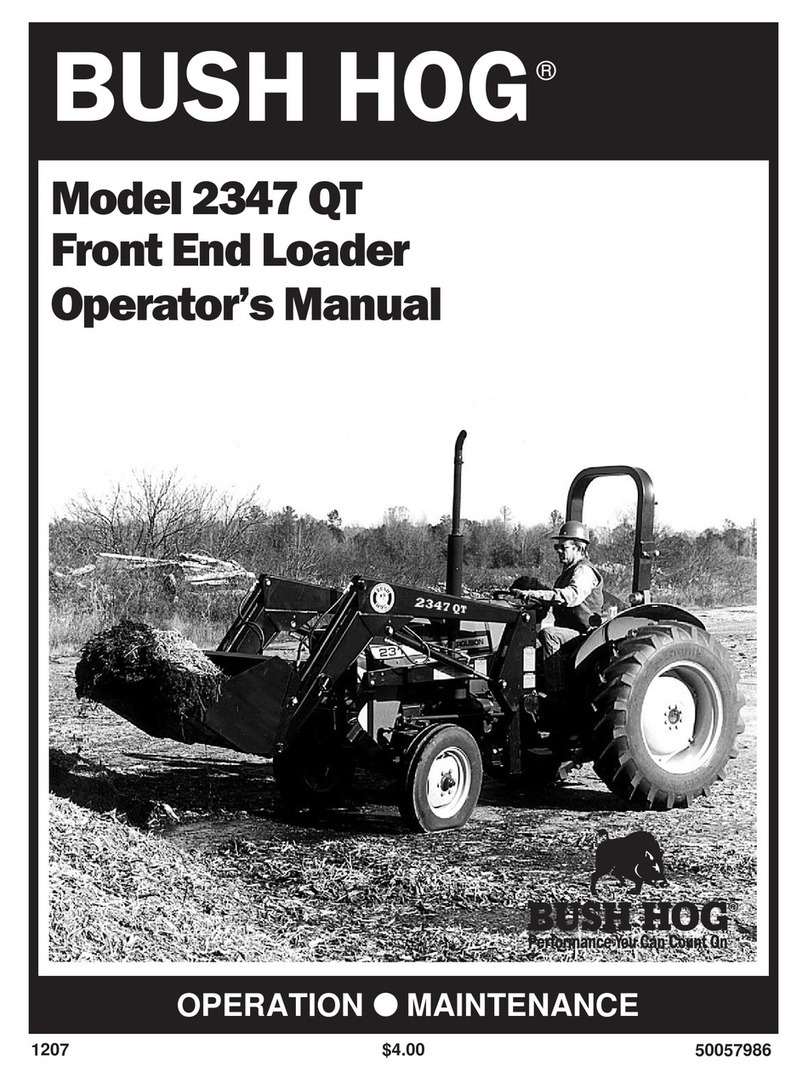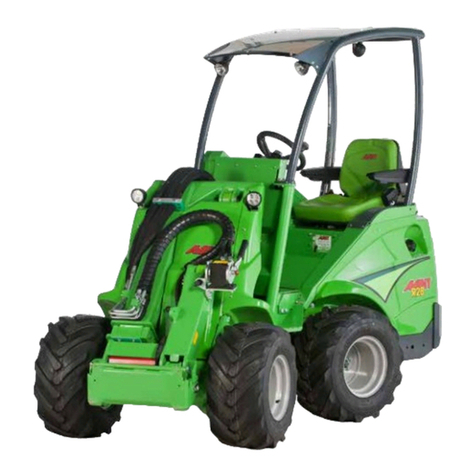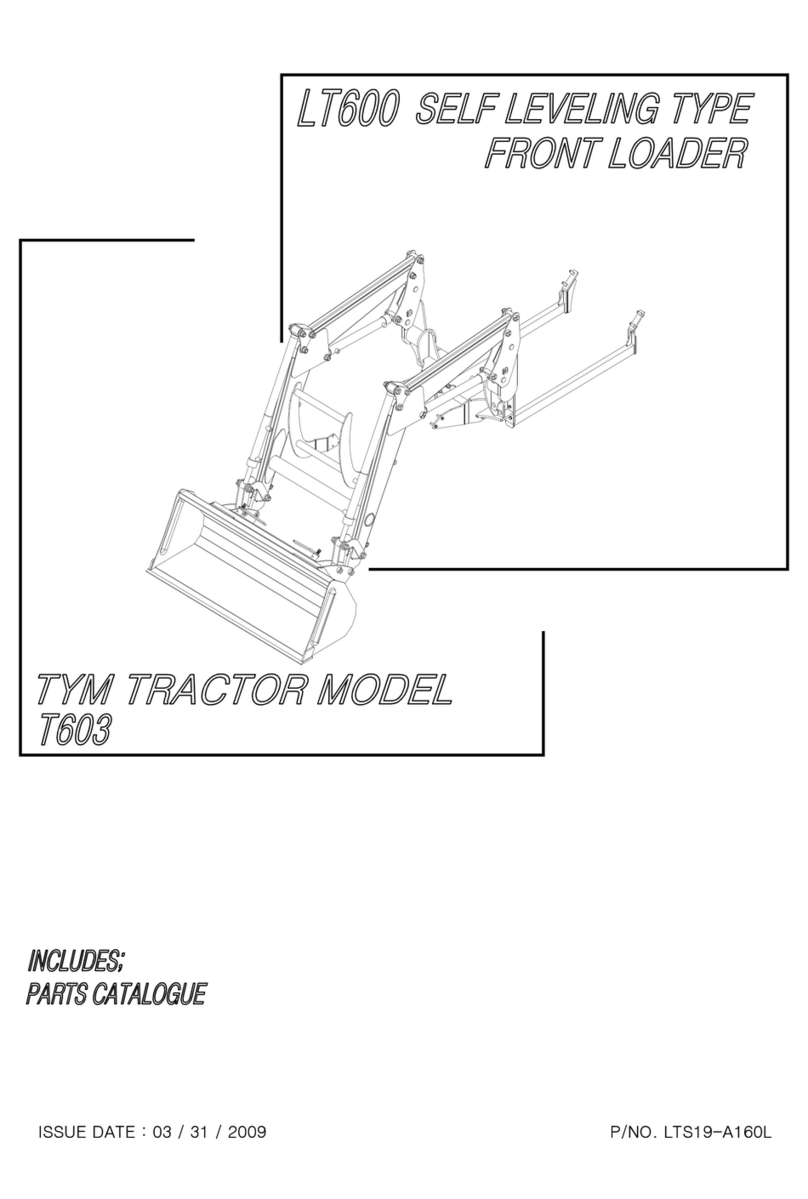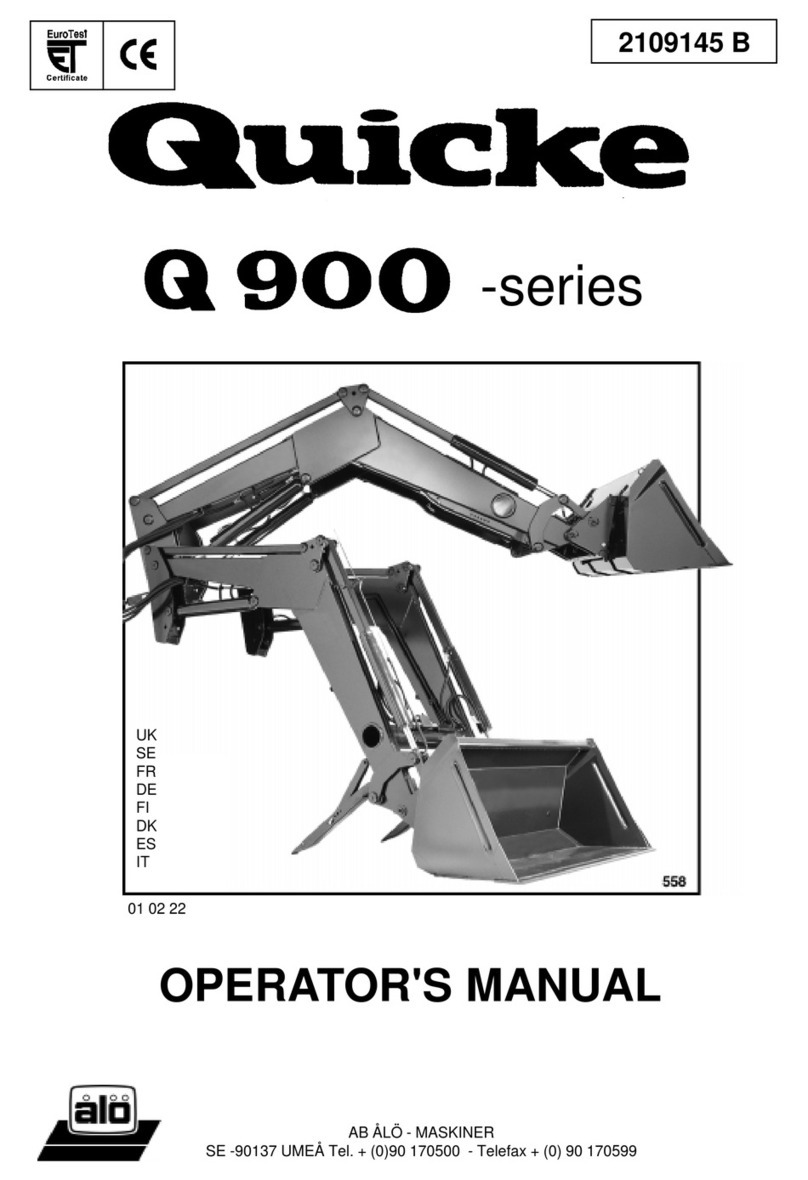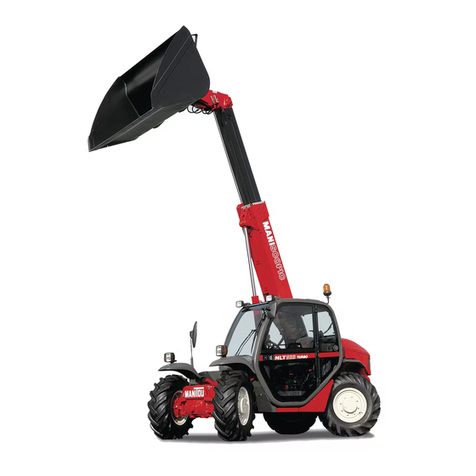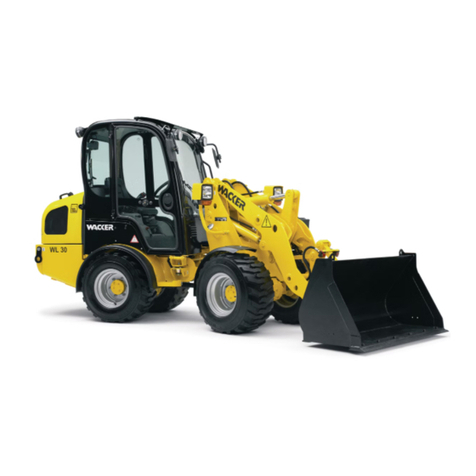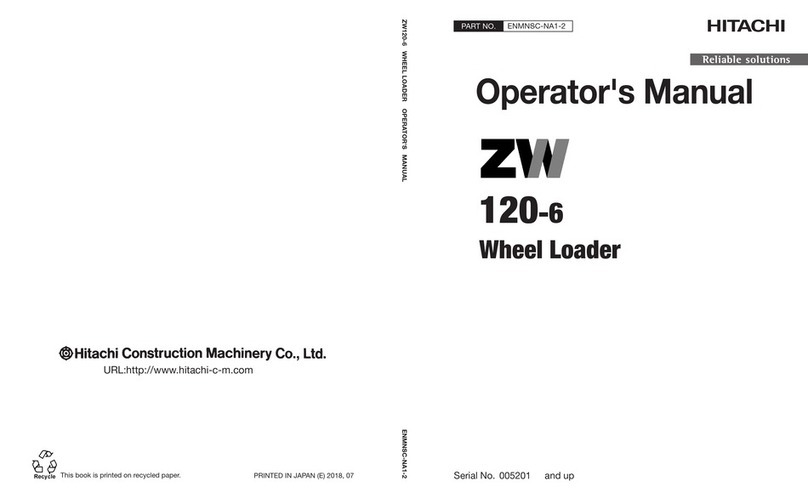
FOREWORD SAFETY
WB142-5 00-3 d
12
SAFETY 00
SAFETY NOTICE 00
GENERAL PRECAUTIONS 00
Mistakes in operation are extremely costly and dangerous.
Read the OPERATION & MAINTENANCE MANUAL
carefully BEFORE operating the machine.
1. Before carrying out any greasing or repairs, read all the
precautions given on the decals attached to the machine.
2. When carrying out any operation, always wear proper
safety equipment specified for the operation you are
performing. Do not wear loose fitting work clothes, or
clothes with buttons missing.
•Always wear safety glasses when striking parts
with a hammer.
•Always wear safety glasses when grinding parts
with a grinder, etc.
3. If welding repairs are needed, always have a trained,
experienced welder carry out the work. When carrying
out welding operations, always wear welding gloves,
apron, glasses, cap and other clothes suited for welding
work.
4. When carrying out any operation with two or more
workers, always agree on the operating procedure
before starting. Always inform your fellow workers
before starting any step of the operation. Before starting
work, lock and tag all controls in the operator's compart-
ment.
5. Keep all tools in good condition.
6. Designate a place in the repair workshop to keep tools
and removed parts. Always keep the tools and parts in
their correct places. Always keep the work area clean
and make sure there is no dirt or oil on the floor. Smoke
only in the areas provided for smoking. Never smoke
while working.
PREPARATIONS FOR WORK 00
1. Before adding oil or making repairs, park the machine
on hard, level ground and block the wheels or tracks to
prevent the machine from moving. Lower all work
implements to the ground and remove starting key.
2. Before starting work, lower blade, ripper, bucket or any
other work equipment to the ground. If this is not possi-
ble, insert the safety pin or use blocks to prevent the
work equipment from falling. In addition, be sure to
lock all the control levers and hang warning signs on
them.
3. When disassembling or assembling, support the
machine with blocks, jacks or stands before starting
work.
4. Remove all mud and oil from the steps or other places
used to get on and off the machine. Always use the
handrails, ladders or steps when getting on or off the
machine. Never jump on or off the machine. If it is
impossible to use the handrails, ladders or steps, use a
stand to provide safe footing.
PRECAUTIONS DURING WORK 00
1. When removing the oil filler cap, drain plug or hydrau-
lic pressure measuring plugs, loosen them slowly to pre-
vent the oil from spurting out. Before disconnecting or
removing components of the oil, coolant or air circuits,
first relieve the pressure completely from the circuit.
2. The coolant and oil in the systems are hot when the
engine is stopped, so be careful not to get burned. Wait
for the oil and coolant to cool before carrying out any
work on the oil or coolant systems.
IMPORTANT SAFETY NOTICE 00
Proper service and repair is extremely important for the safe operation of your machine. The service and repair procedures
recommended and described in this manual are both effective and safe methods of operation. Some of these operations
require the use of tools specially designed for the procedure.
To prevent injury to workers, the symbol is used to mark safety precautions in this manual. The cautions accompanying
this symbol should always be followed carefully. If any dangerous situation arises or may possibly arise, first consider safety,
and take the necessary actions to deal with the situation.
WARNING! Never modify, weld, cut, or drill
on any part of a ROPS
structure. Doing so may
weaken the structure which
could lead to possible failure in
a rollover situation
Find manuals at https://best-manuals.com
